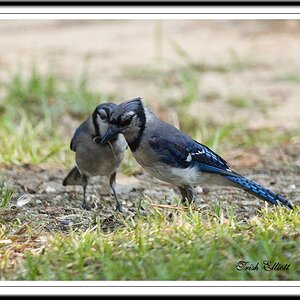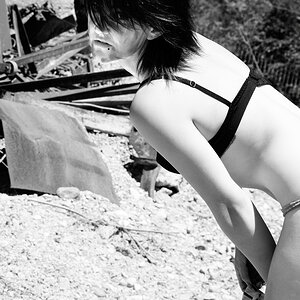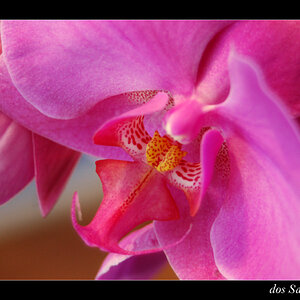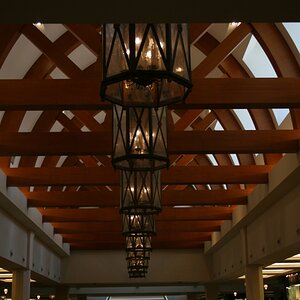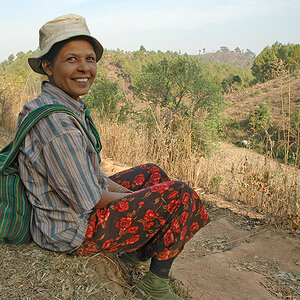pilotgeorge
TPF Noob!
I am using a Canon Rebel xsi DSLR to photograph coins. I have built a light box so I can control the light. The box is powered by a string of LEDs of unknown color temperature.
The pictures come out making the coins look grayish rather than their true color. Because they are grayish, the apparent contrast is off. The focus is good, but the pictures look like there is a gray haze between the camera and the object.
Can someone help a novice? I need to know what is the best color temperature to get a natural result? I just ordered some 6000K devices, hoping that would improve things, but I would love to get some input from someone that knows a lot more about lighting than I do.
The pictures come out making the coins look grayish rather than their true color. Because they are grayish, the apparent contrast is off. The focus is good, but the pictures look like there is a gray haze between the camera and the object.
Can someone help a novice? I need to know what is the best color temperature to get a natural result? I just ordered some 6000K devices, hoping that would improve things, but I would love to get some input from someone that knows a lot more about lighting than I do.


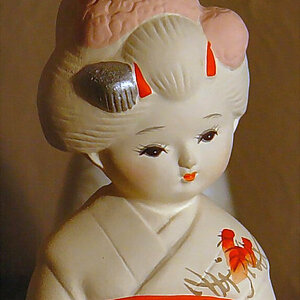
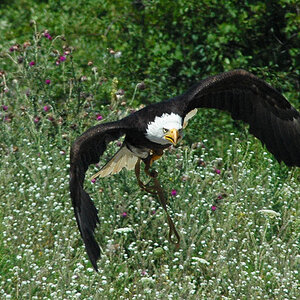
![[No title]](/data/xfmg/thumbnail/31/31011-439c1242fe08cf6b54f32bf06523a567.jpg?1619734567)
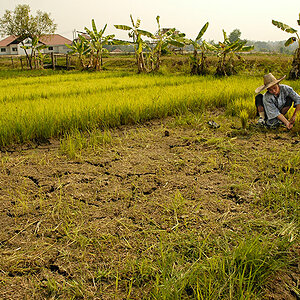
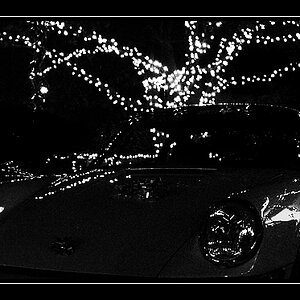
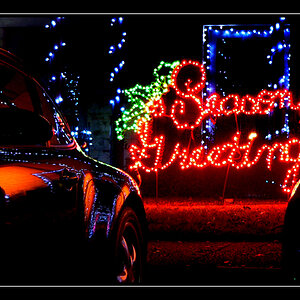
![[No title]](/data/xfmg/thumbnail/38/38262-10a9668da9a2b36a92cddde57caf87bc.jpg?1619738547)
